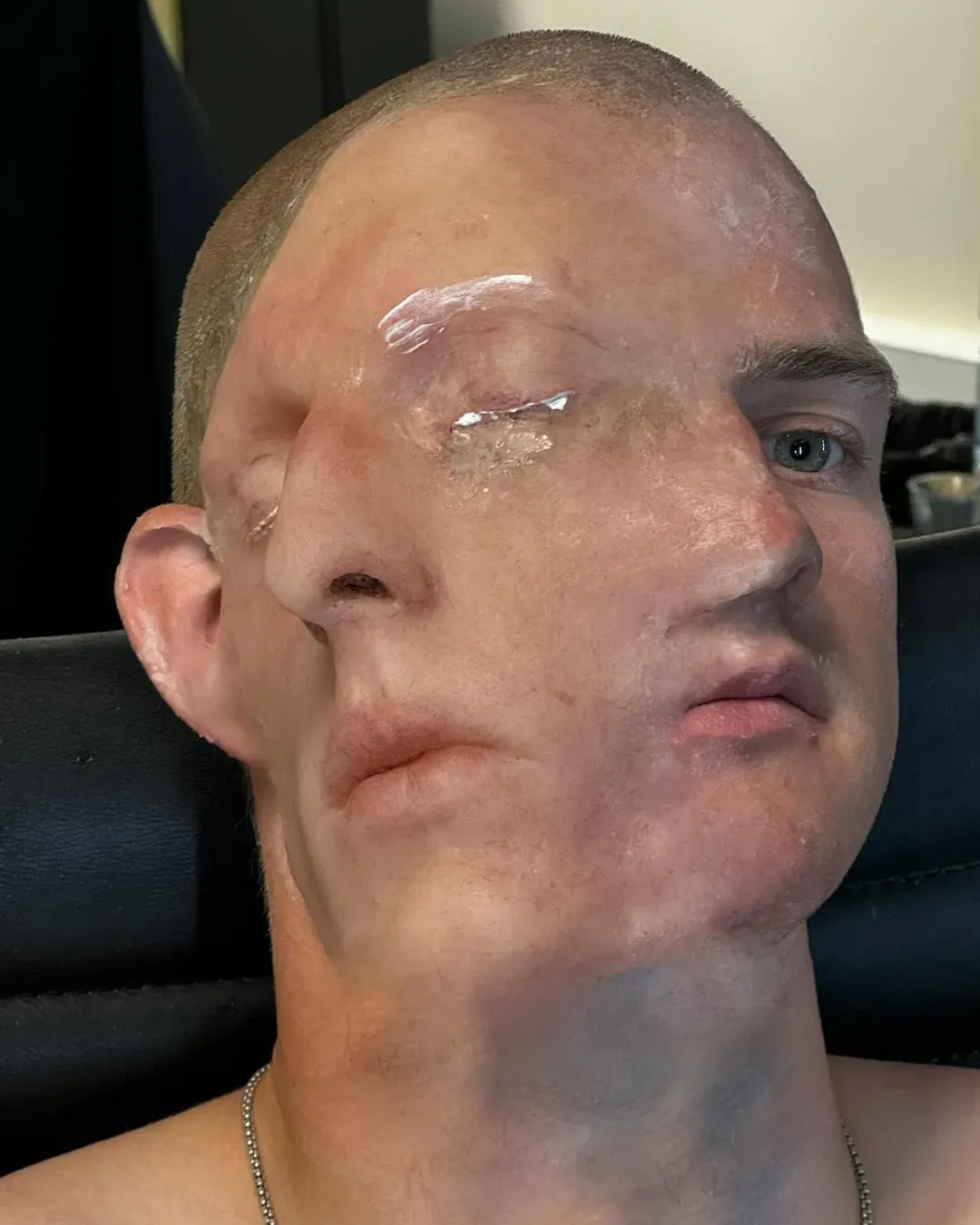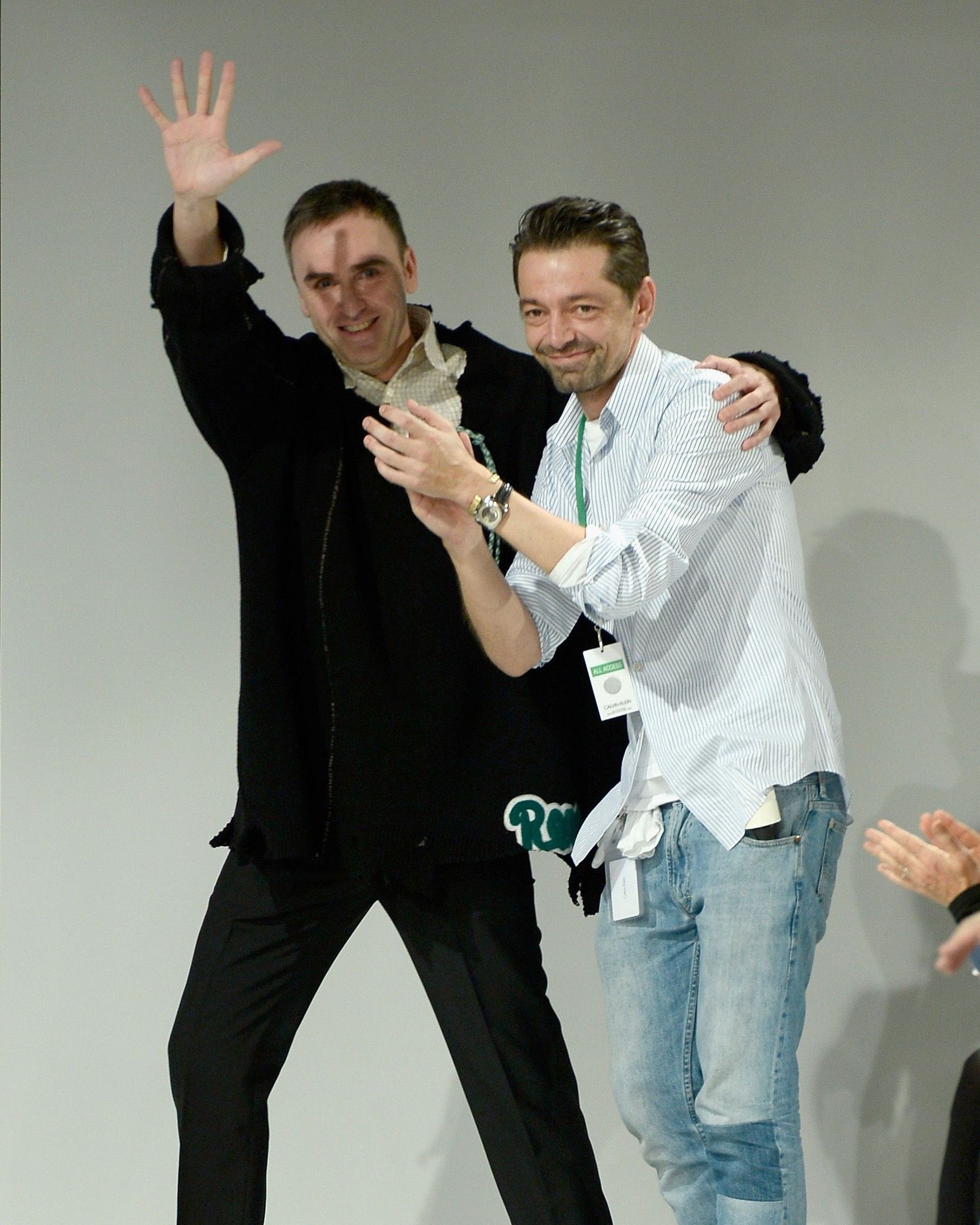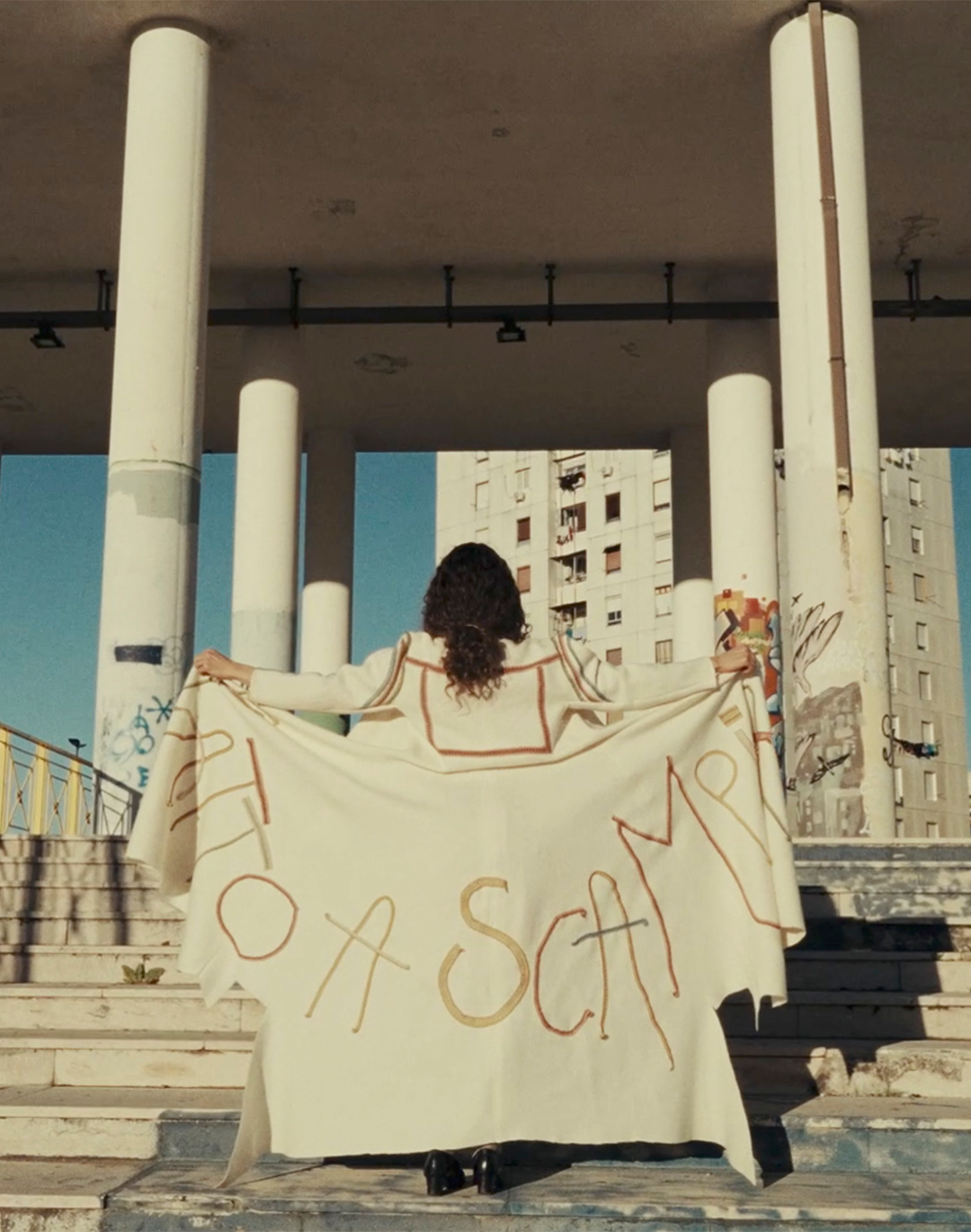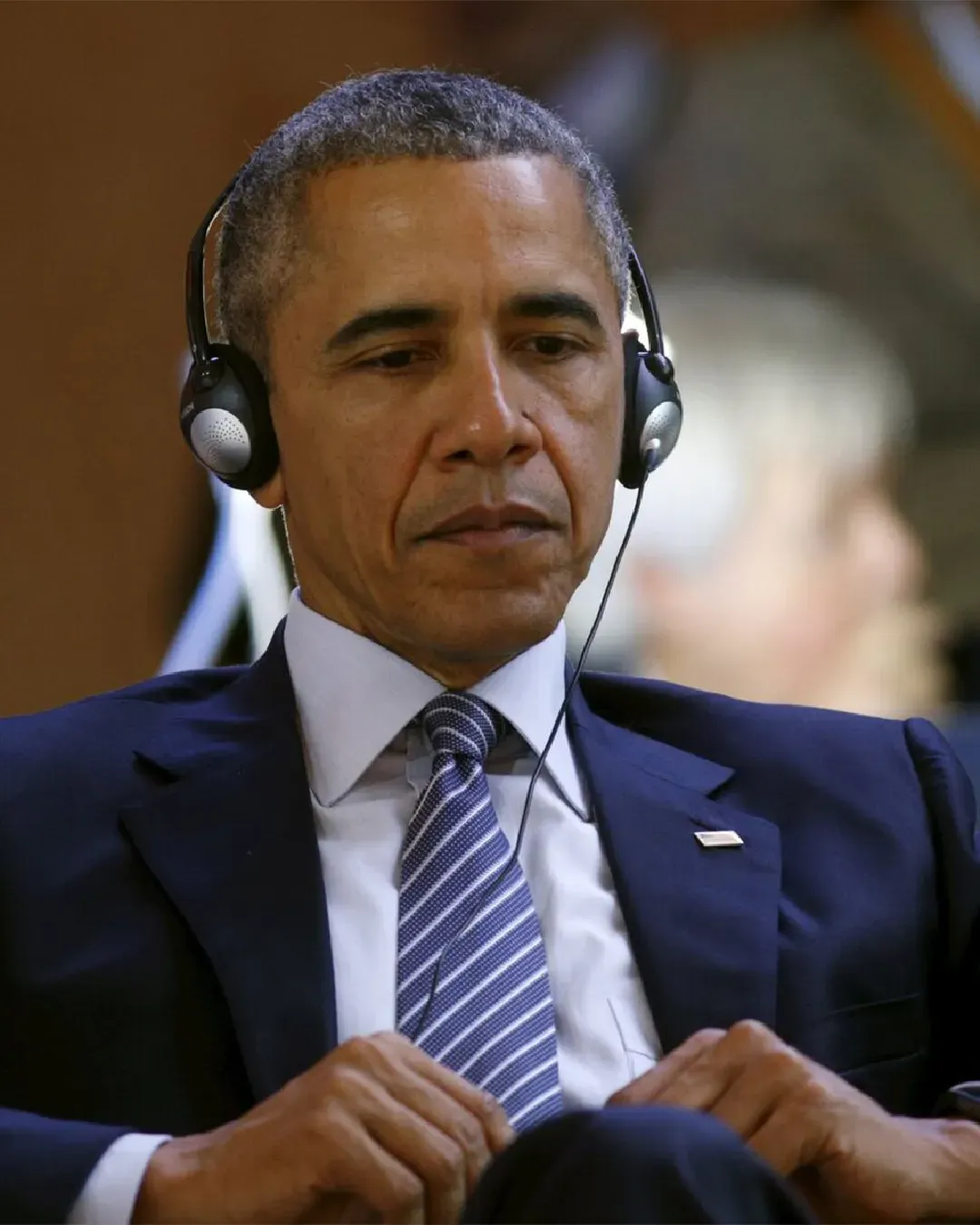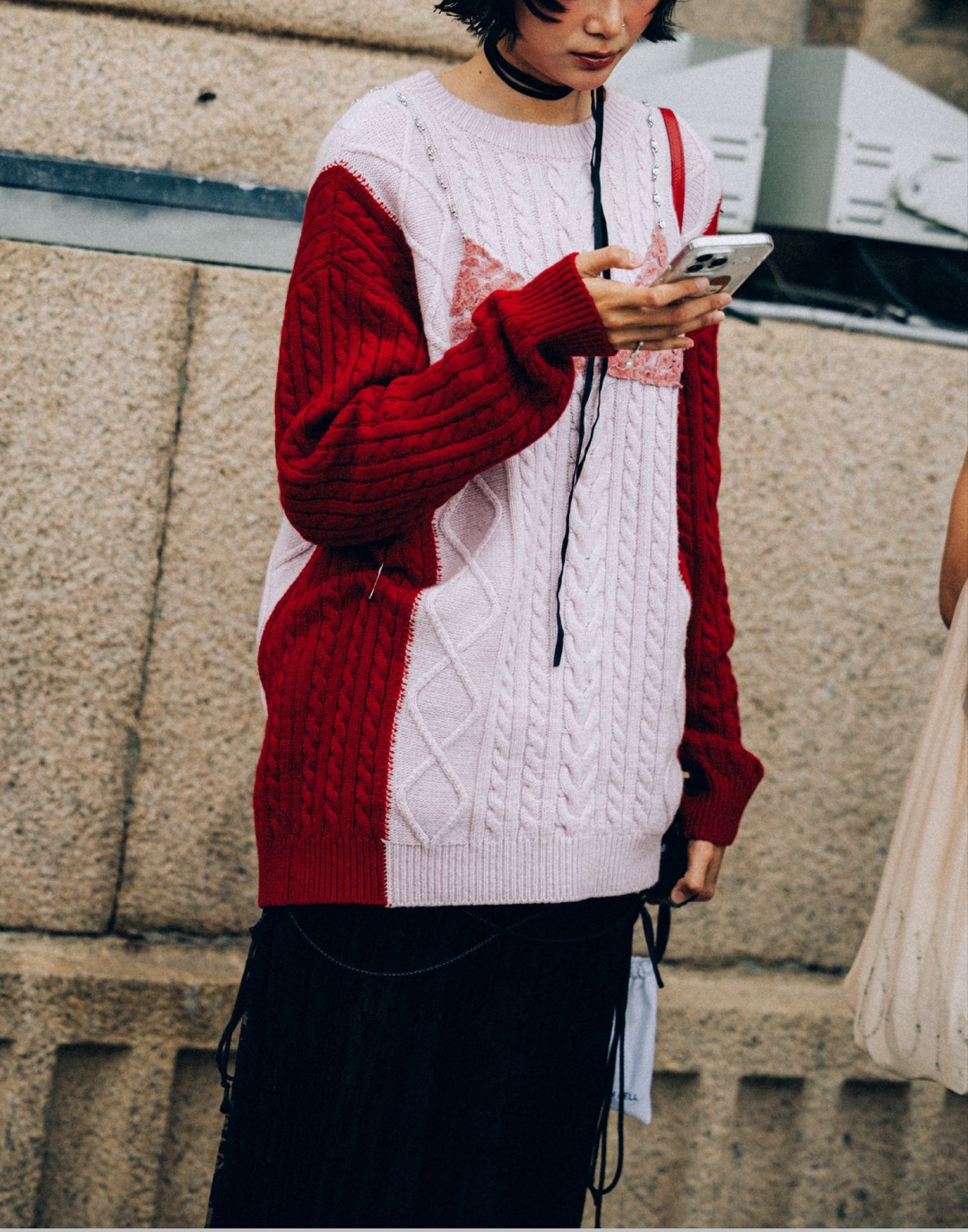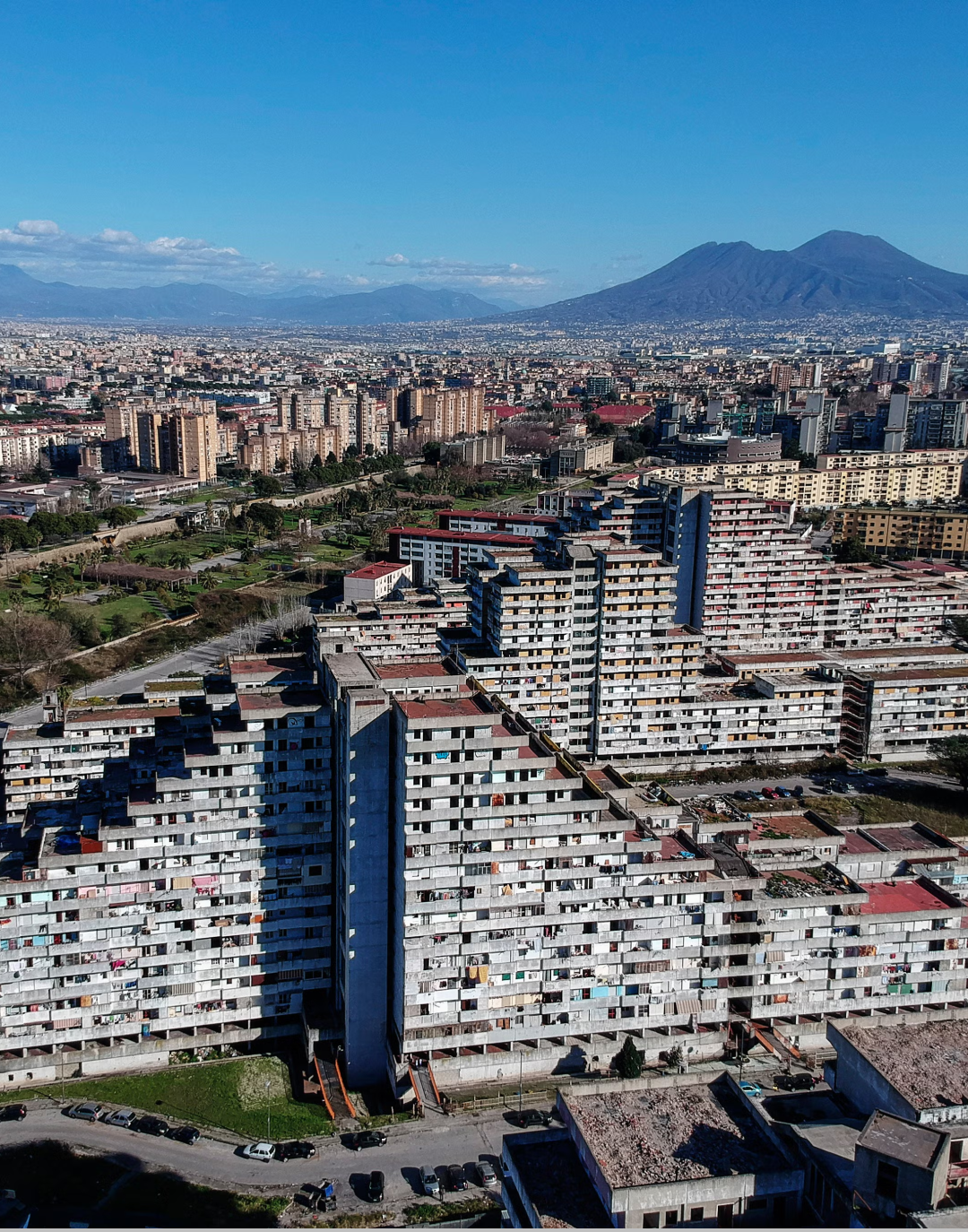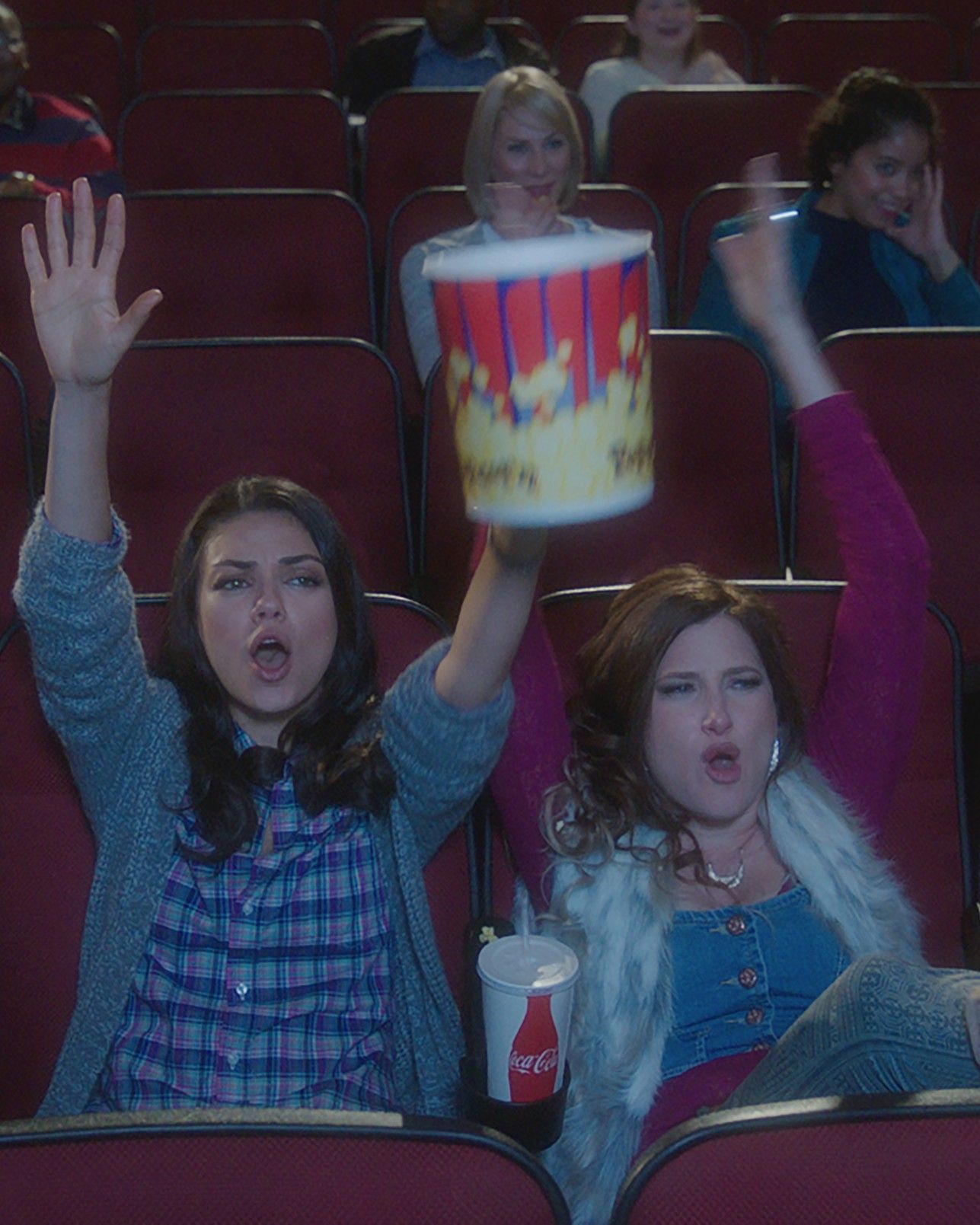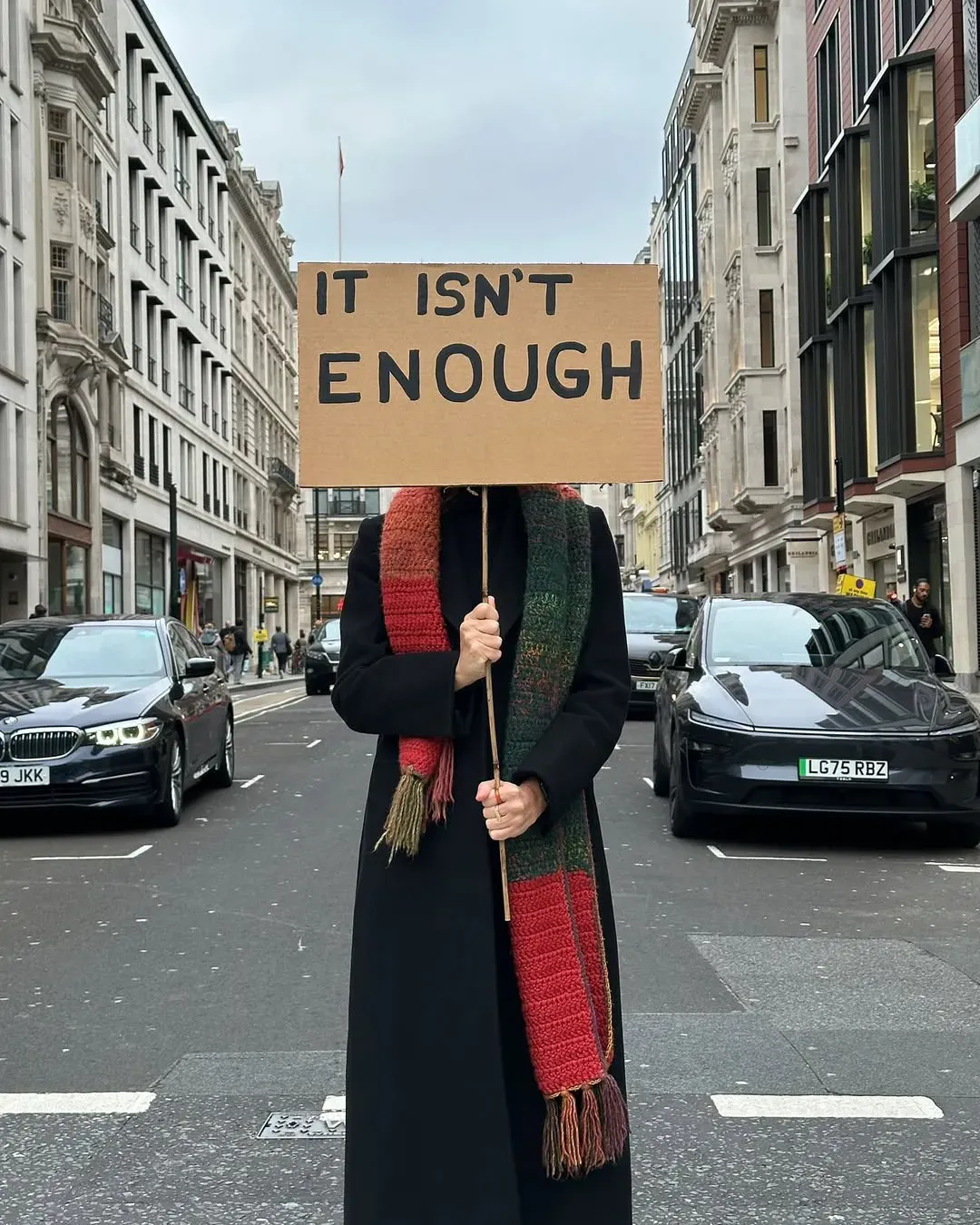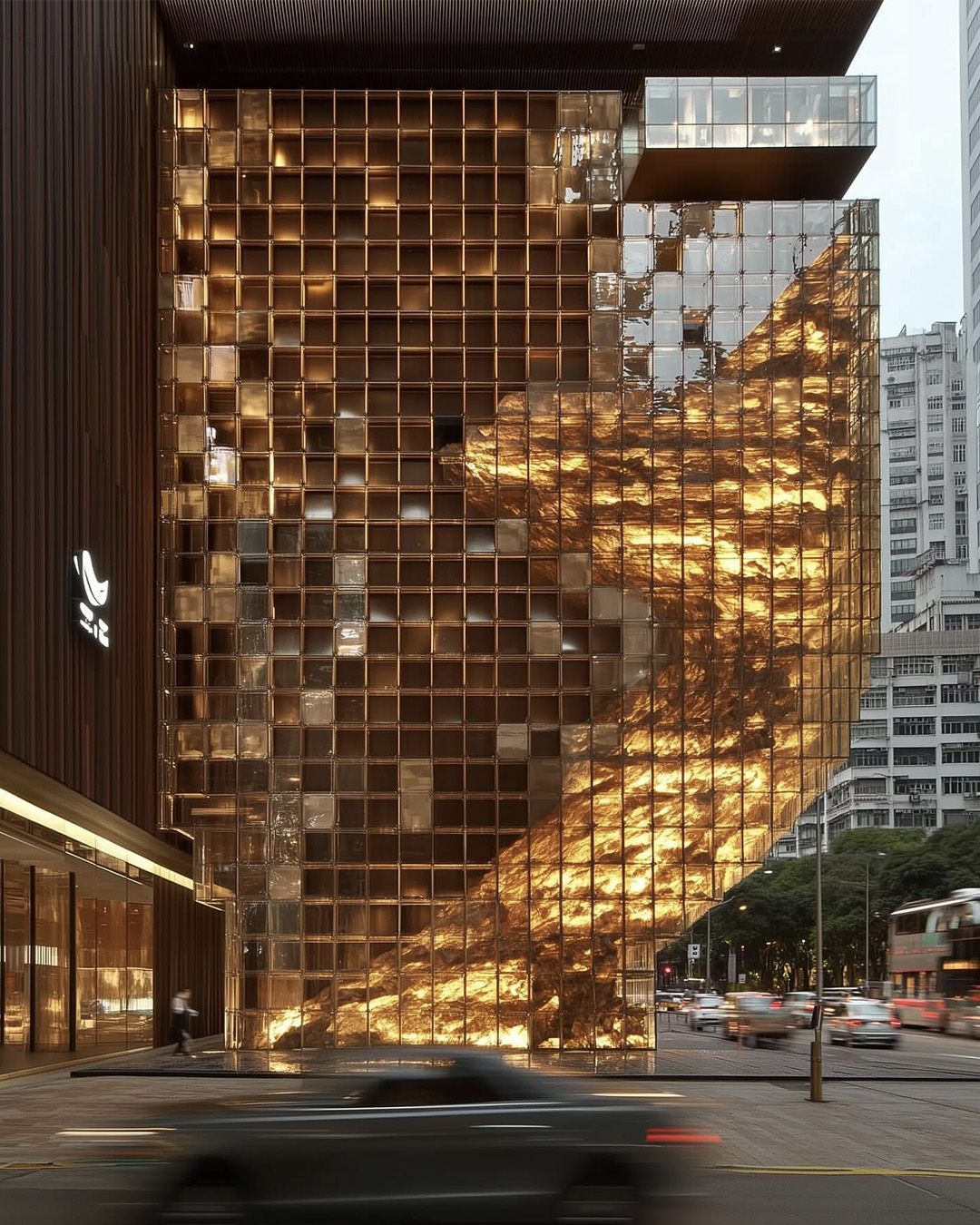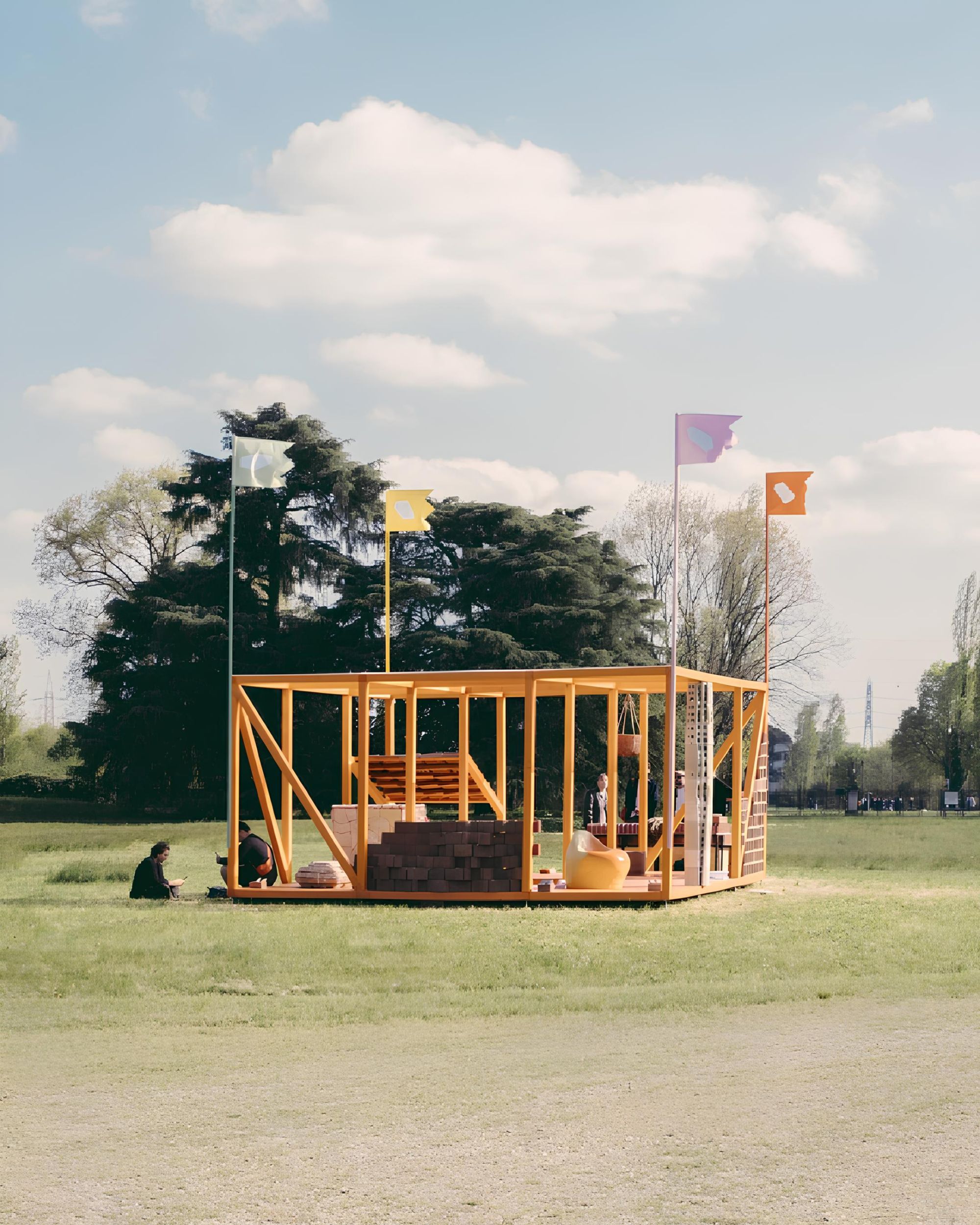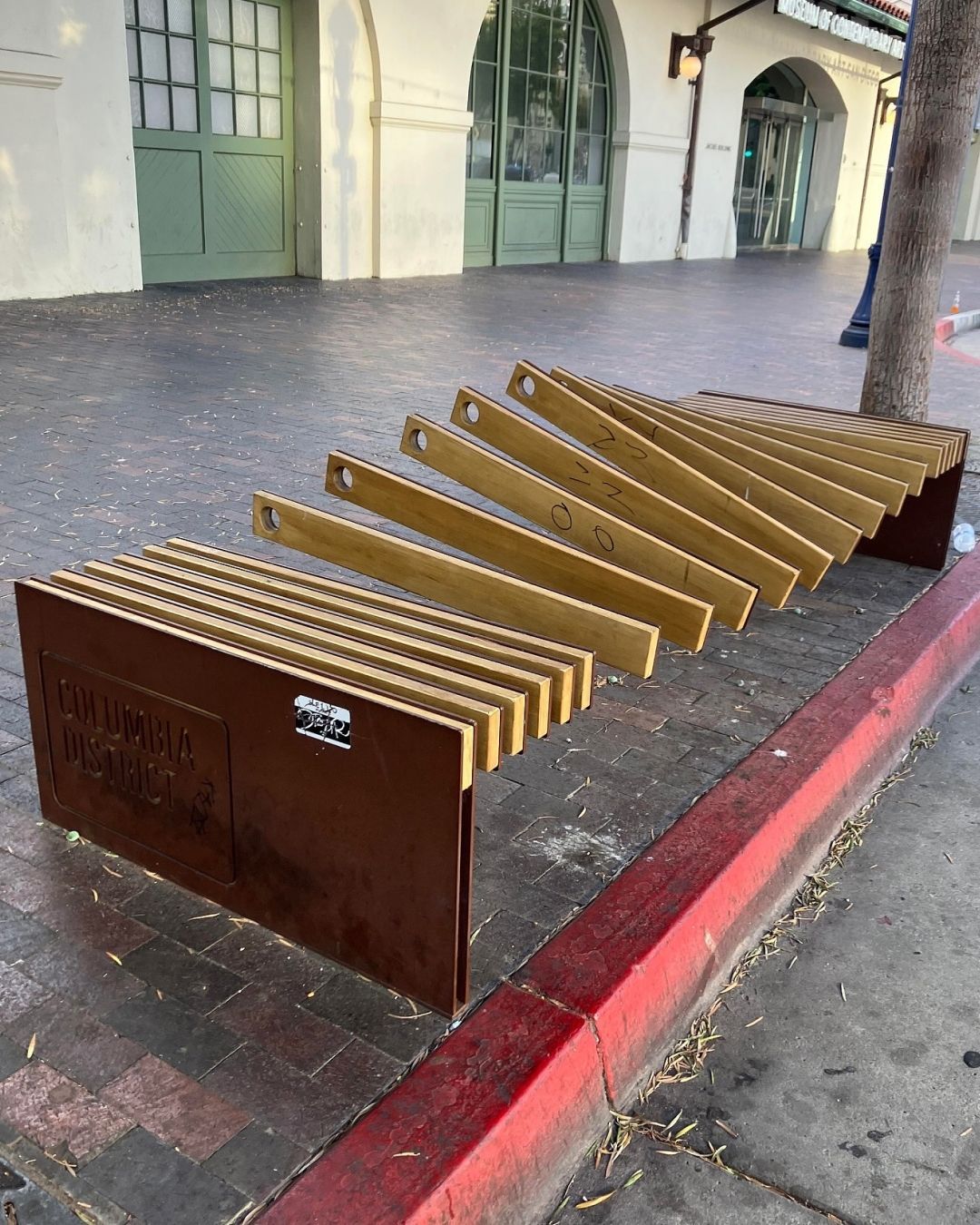
Hostile architecture is wreaking communities From uncomfortable benches to empty squares, there is no more room to be together
Fifteen years ago, The Fakir's Rest was published on YouTube, a humorous video by a Frenchman illustrating how to rest on hostile rest areas found around Paris. So many years later, the video still resonates with an issue that involves not only the relationship between urban administration and homeless people, but also the cultural health of cities and all their inhabitants. Created with the declared goal of fighting crime and discouraging certain behaviors from specific groups (particularly the homeless), hostile architecture, or unpleasant design (whose aesthetic is sometimes intertwined with that of Brutalism), has developed over the past twenty years in all the world’s major cities. In London, in 2012, the Camden Bench was introduced, a bench covered in angular surfaces that prevents lying down, skateboarding, or defacing it; in Barcelona, there are the famous single-seat benches; in New York, starting in the 2010s, irregular sprinkler systems were added near shops and apartment buildings. Even in major Italian cities, you can find examples of hostile architecture, such as benches with steel armrests, leaning supports without seats at bus stops (not to mention bus stops without any structure), urban surfaces “decorated” with iron spikes, or especially in Milan, the removal of trees and fountains to reduce cooling areas. While on the one hand, the addition of unpleasantly designed infrastructure may seem to please most residents, on the other, it represents a threat to city livability — for everyone, not just the homeless, who often end up marginalized from city centers without valid alternatives.
Single seats, overly sunny squares, and bike racks replacing benches are contributing to the destruction of third places, those spaces which, unlike homes and offices, are designed for spontaneous gathering, sharing, and relaxation, and are generally informal and unpretentious. There is evidence everywhere of how hostile architecture is spreading through cities with negative effects on citizens’ well-being; for example, in Mansfield, UK, in 2018, pink streetlights were installed to accentuate common physical flaws in teenagers (like acne) to discourage gatherings. In addition to reinforcing the marginalization of the homeless, hostile design is complicating the lives of everyone who wants to use public space: people in difficult family situations, those living alone who need social interaction, those from minority communities who need to meet for support, or those who simply want to meet friends outside the house without having to sit in a café to do so. One could also argue that making a city’s public spaces more intimidating and inhospitable also affects the city’s aesthetic, which ends up not only without people but also without parks and fountains.
@jesssvaladez so intentionally ugly and evil #hostilearchitecture original sound - David D
In the past twenty years, as hostile architecture has spread through major urban centers worldwide, historians, journalists, and architecture professors like Iain Borden, Anna Minton, and Jeremy Till have strongly criticized this type of design. According to Minton, who published Ground Control: Fear and Happiness in the Twenty-First-Century City in 2009, urban planning is changing not only cities but also the nature of public spaces, citizenship, and the mutual trust among citizens. Hostile architecture, along with the elimination of third places and open meeting spaces, is promoting privatization, discouraging social interaction, and ultimately contributing to isolating citizens. In this grand commercialization project that makes profit the only goal of urban centers, cities are forgetting that making money should be just as important as the health and safety of their citizens, who are inevitably neglected without green areas, shaded spots, and spaces for connection. Moreover, if cities become places solely for work and profit, how can they survive without proper spaces to host their customers?





